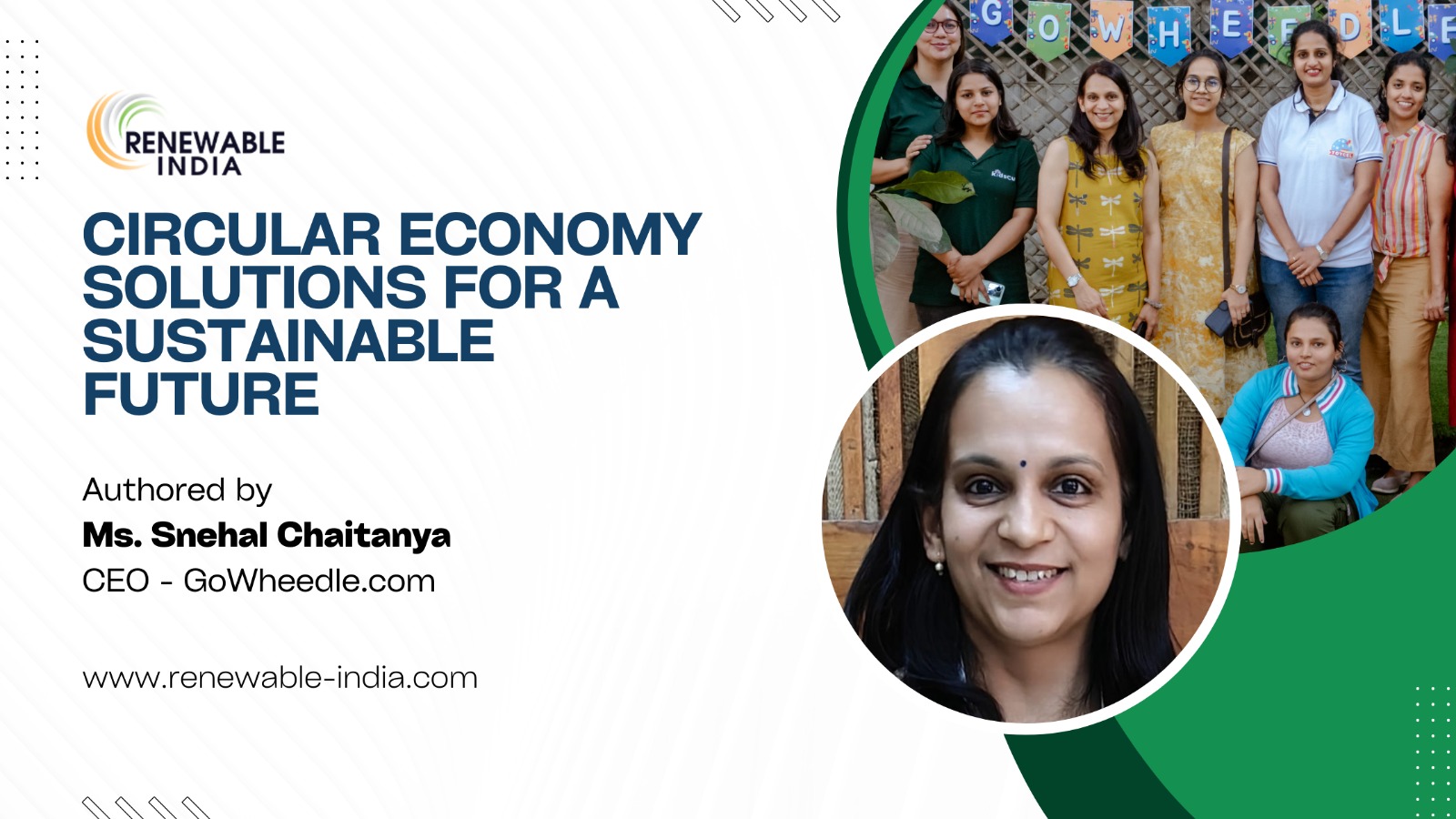
Author: Snehal Chaitanya, CEO – GoWheedle.com
In a linear economy, products are designed, produced, used, and then thrown away as waste. The term “linear” refers to the straight progression that a product can follow, with a beginning, a middle, and an end.
In a circular economy, products and materials are kept in circulation through processes like maintenance, reuse, refurbishment, remanufacture, recycling, and composting.
The circular economy must follow these three principles to be sustainable: Reduce, Reuse, and Recycle
In our current economy, we are using too many resources, too fast, and we are not reusing them all.
There are three main resource strategies in the business context of Circular Economy
‘Re-Commerce, ‘sharing economy’, ‘peer to peer economy’ and ‘collaborative consumption’ are just some terms used to describe a variety of bottom-up initiatives, public-private-people partnerships, business start-ups and local government schemes, all of which utilise the idling capacity of our material world. Sharing is seen as one potential answer to the unsustainable patterns and levels of production and consumption. It can also be attractive for individual consumers as they can get easier access to products that are normally difficult to find or very expensive to buy. Higher quality second hand products, luxury goods and rarely used products are some examples of these.
Wheedle is an online shopping platform with curated selection of pre-loved (second hand and/or unboxed) baby & kids’ products. Parents can purchase products securely with the Wheedle quality & trust promise, or can Sell/Give pre-loved baby & kids’ products conveniently through the app. Wheedle is a sustainable solution to stop filling landfills, one pre-loved item at a time. Founded by Bangalore based mom of two, Snehal Chaitanya, along with a fellow entrepreneur mum, the start-up aims to normalise preloved.
Wheedle is a proud member of the Ellen MacArthur Circular Economy Community, promoting second-hand as the first choice for young Indian parents.
Incubated at the Entrepreneurship wing NSRCEL of the prestigious Indian Institute of Management, Bangalore, Wheedle (Reearth Tech Pvt Ltd) is one of the winners of Elevate 2023 as a start-up leveraging technology to promote sustainable lifestyle choices.
Blue Planet Boosts Circular Economy with a majority stake in Mahindra Waste to Energy
Leave a Reply